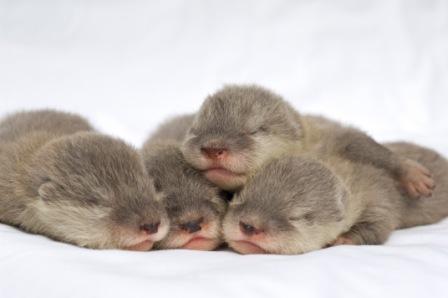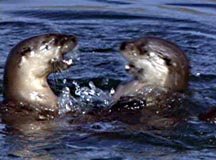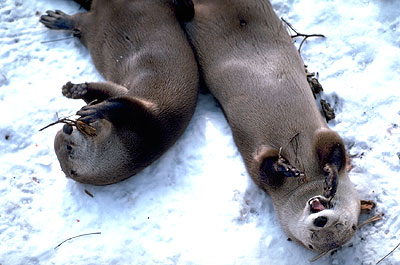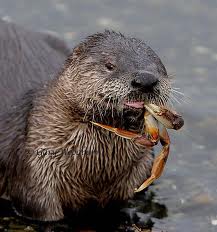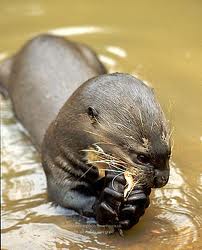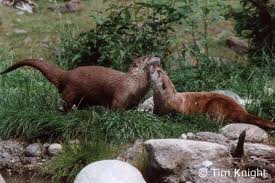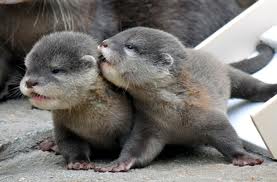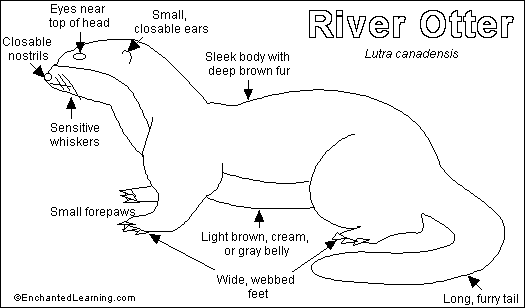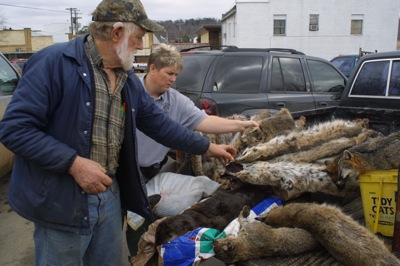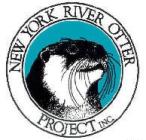|
The River Otter | ||||
| River
Otter Video
|
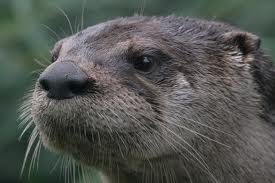 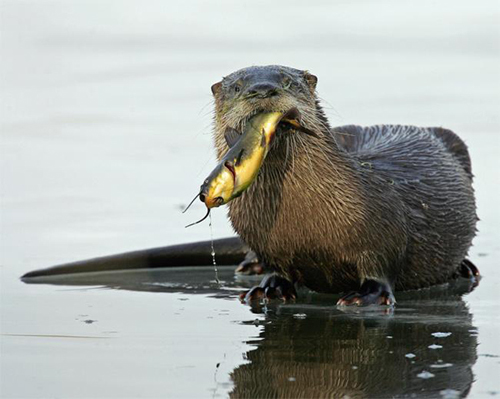
River
otters are extremely playful and social. They are vocal with other otters
and make chirps, grunts, whistles for attention. River otters can swim
about seven miles per hour and can run 15-18 mph. They love to run, slip,
and slide especially on ice. In fact, they can glide about twenty five
feet on ice. HABITAT
Breeding
happens in the winter and sometimes early spring. The females have delayed
implantation and the embryo does not begin growing until the following
January. They have separate sexes and internal fertilization.Copulation
can happen in land or water. Females are often referred to as Rudolph
because after mating their nose begins to bleed from the male grabbing on
to it with his mouth. Babies
have direct development and look like a rag doll with yellowish brownish
fur. The mom will have one to four babies which are called kits. These
babies are altrical, which means that they cannot fend for themselves
right when they are born and instaed need help from the mom. For the first
six months of their lives, the dad will leave and just the mom will handle
the babies.
Closable ears and external nares for going underwater. Whiskers aka vibrasse. Ears near the top of head for better vision while swimming. Fur on top of body darker than fur on underside of body, along with a long furry tail (1/3 of body length) Respiratory: Lungs are triangluar in shape with the right bigger than the left. The right side has four lobes and the left has only two. They have a short trachea which is an adaptation that many diving animals have. Digestive: 36 teeth, with large molars that are used to help crack open mollusk shells. Miscellaneous: Mark their scent with feces, urine, and anal sac secretions which are not found in sea otters. They secrete musk when they feel threatened.
Humans have also been known to trap river otters so that they fish levels can rise since river otters love to feast on fish such as the trout. Now, there are better laws for protecting river otters from trappers and they are becoming more protected than before. The New York River Otter Project was founded in the 1990's. It's main purpose is to rescue otters from eastern New York in horrible water conditions and relocate the otters to safer enviornments with less water pollution in the western half of the state. This is just one of the many projects in the works trying to make the river otter healthier and happier. The river otter can hold its breath for up to eight minutes Male otters are about 17% larger than females Old otters can develop white fur
http://www.ci.manhattan.ks.us/documentview.aspx?DID=1823 http://en.wikipedia.org/wiki/North_American_River_Otter http://science.jrank.org/pages/4947/Otters-Human-impact-on-otters.html http://www.paddleanywhere.com/2009/08/river-otter-sighting/ http://depts.washington.edu/natmap/facts/river_otter_k6.html http://www.flickr.com/photos/alexrobinsonphotography/841584922/ http://kids.nationalgeographic.com/kids/animals/creaturefeature/river-otter/ http://www2.orlandoweekly.com/blog/c2g.asp?month=3&year=2009 http://www.dec.ny.gov/animals/9355.html http://nationalzoo.si.edu/Animals/PhotoGallery/SmallMammals/13.cfm http://www.squidoo.com/riverotters http://lifestyle.iloveindia.com/lounge/facts-about-river-otter-1758.html
|
